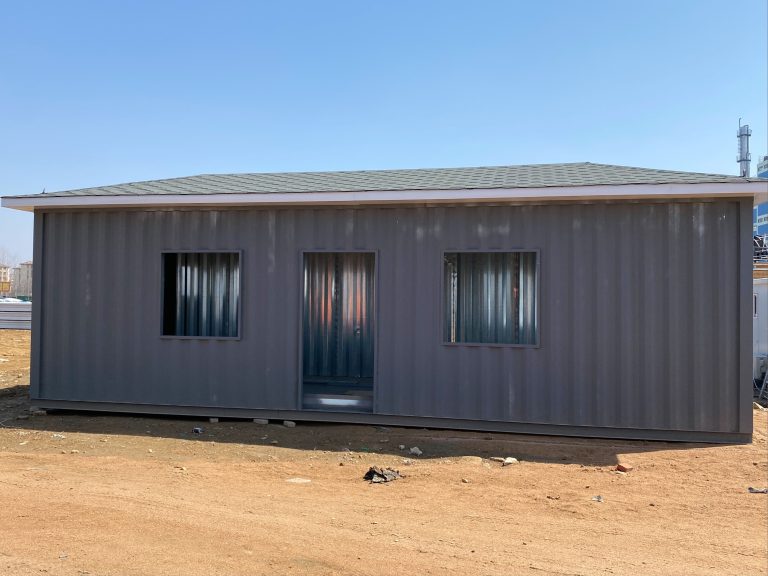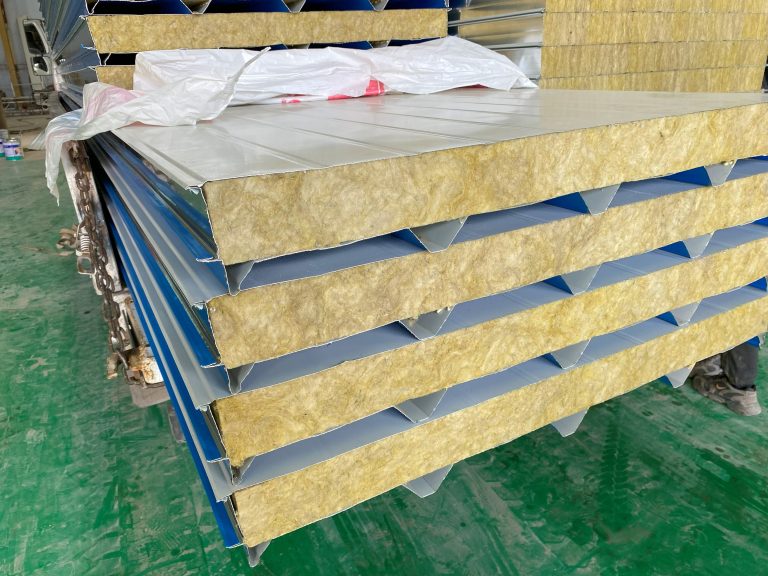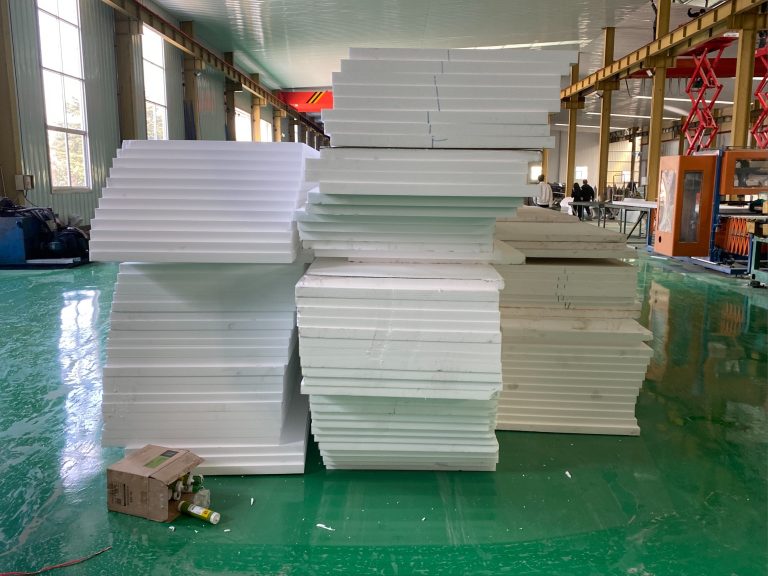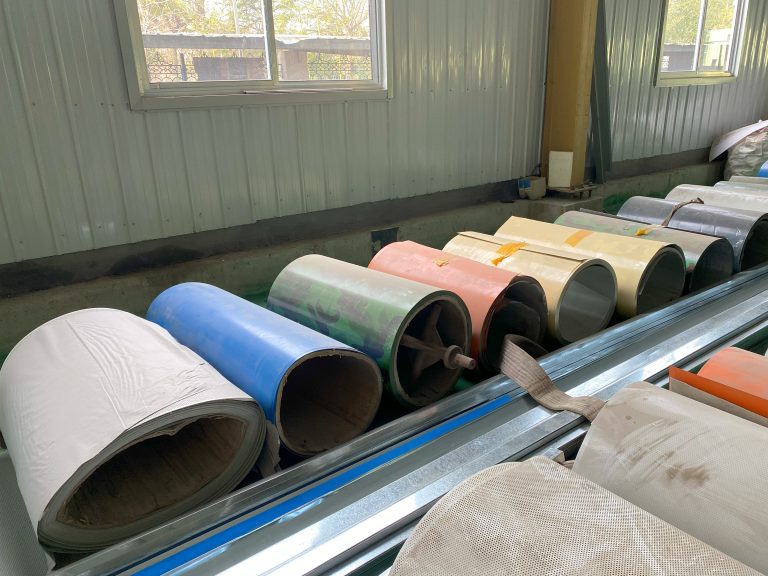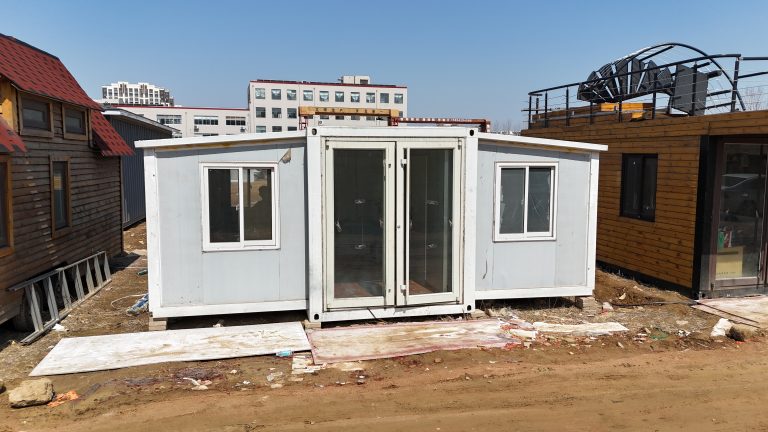Structural design and technological innovation of steel structure in the construction of intelligent airport terminal
Table of Contents
Benefits of Using Steel Structures in Intelligent Airport Terminal Construction
Steel structures have long been a popular choice in the construction industry due to their durability, strength, and versatility. In recent years, technological advancements have further enhanced the use of steel structures in the construction of intelligent airport terminals. These terminals are designed to incorporate cutting-edge technology to improve efficiency, safety, and passenger experience. The combination of steel structures and technological innovation has revolutionized the way airport terminals are built, offering a wide range of benefits for both designers and users.
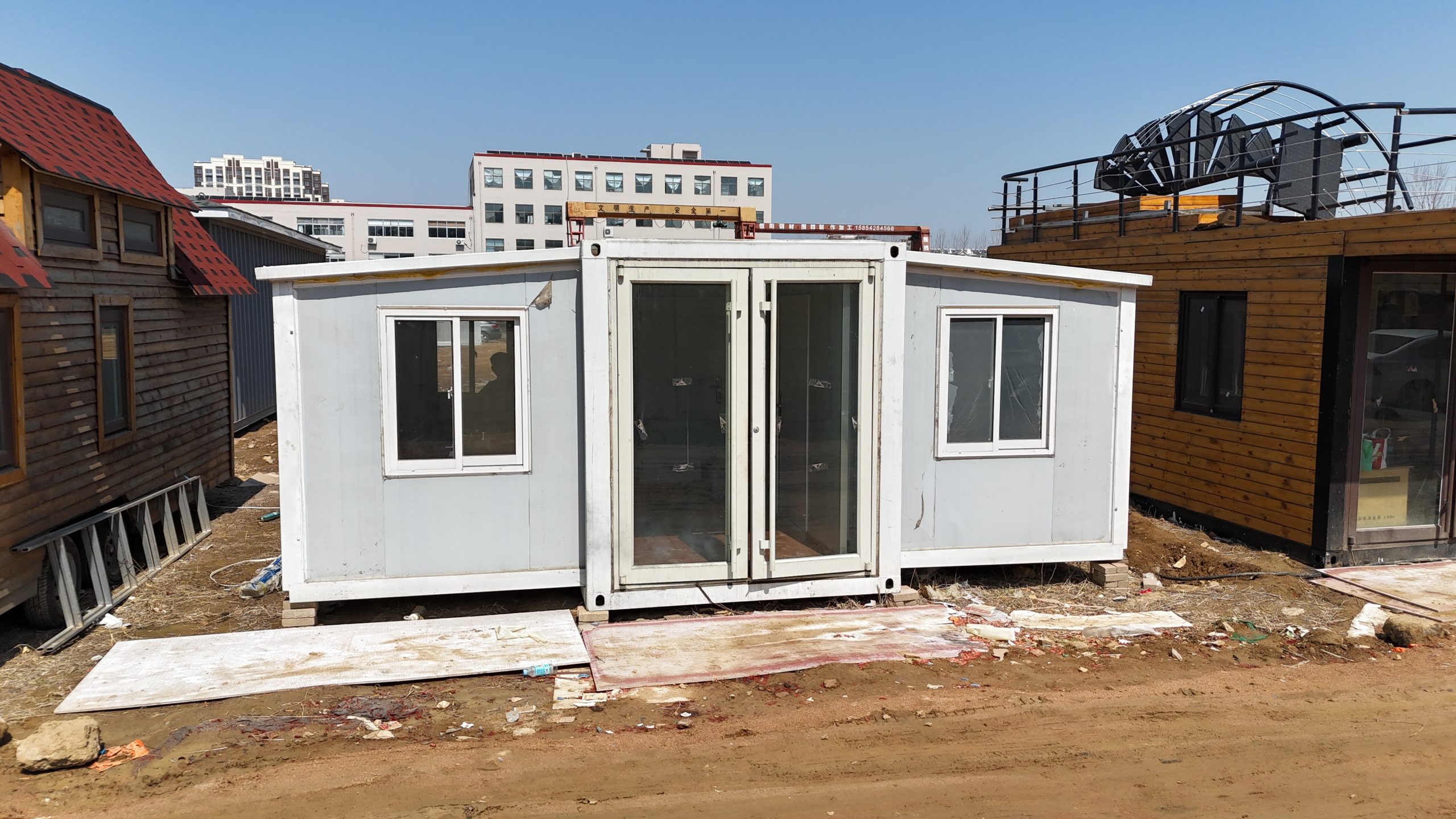
One of the key benefits of using steel structures in the construction of intelligent airport terminals is their strength and durability. Steel is known for its high tensile strength, which allows for the creation of large, open spaces without the need for supporting columns or walls. This not only provides architects with greater design flexibility but also allows for the construction of spacious and airy terminals that can accommodate large numbers of passengers and aircraft. Additionally, steel structures are resistant to corrosion, fire, and pests, making them a reliable and long-lasting choice for airport construction.
Another advantage of steel structures in intelligent airport terminal construction is their speed of assembly. Steel components are prefabricated off-site and then transported to the construction site for assembly. This process is much faster than traditional construction methods, allowing for quicker project completion and reduced construction costs. In the fast-paced world of airport construction, where deadlines are tight and delays can be costly, the speed of assembly offered by steel structures is a significant advantage.
In addition to their strength and speed of assembly, steel structures also offer environmental benefits. Steel is a highly recyclable material, with a high recycling rate that reduces the need for new raw materials. This makes steel structures a sustainable choice for airport construction, aligning with the growing trend towards environmentally friendly building practices. Furthermore, the lightweight nature of steel structures reduces the overall weight of the terminal, resulting in lower energy consumption for heating, cooling, and lighting. This not only reduces operating costs but also contributes to the overall sustainability of the terminal.
Technological innovation has further enhanced the benefits of using steel structures in intelligent airport terminal construction. Advanced computer-aided design (CAD) software allows architects and engineers to create complex and innovative designs that maximize the efficiency and functionality of the terminal. Virtual reality (VR) and augmented reality (AR) technology enable stakeholders to visualize the terminal in 3D before construction begins, allowing for better collaboration and decision-making. Additionally, Building Information Modeling (BIM) software allows for the integration of all project data into a single digital model, streamlining the design and construction process.
The combination of steel structures and technological innovation has transformed the construction of intelligent airport terminals, offering a wide range of benefits for designers, builders, and users alike. From their strength and durability to their speed of assembly and environmental sustainability, steel structures are a versatile and reliable choice for airport construction. With the continued advancement of technology, the future of intelligent airport terminal construction looks bright, with steel structures playing a key role in shaping the airports of tomorrow.
Incorporating Technological Innovations in Steel Structure Design for Airport Terminals
Steel structures have long been a popular choice in the construction of airport terminals due to their strength, durability, and versatility. With the advancement of technology, designers and engineers are now incorporating innovative techniques and materials to enhance the structural design of these terminals. This article will explore the use of technological innovations in steel structure design for intelligent airport terminals.
One of the key advancements in steel structure design is the use of Building Information Modeling (BIM) software. BIM allows designers to create detailed 3D models of the terminal, which can be used to visualize the structure and identify potential design flaws before construction begins. This technology also enables designers to optimize the layout of the terminal, ensuring efficient use of space and resources.
In addition to BIM, designers are also utilizing advanced computer-aided design (CAD) software to create complex geometries and intricate detailing in steel structures. This allows for greater design flexibility and creativity, resulting in visually stunning airport terminals that are both functional and aesthetically pleasing.
Another technological innovation in steel structure design is the use of high-strength steel alloys. These alloys have superior strength-to-weight ratios compared to traditional steel, allowing for lighter and more efficient structures. This not only reduces the overall weight of the terminal but also minimizes the amount of steel required for construction, resulting in cost savings and environmental benefits.
Furthermore, designers are incorporating sustainable design principles into the construction of intelligent airport terminals. This includes the use of recycled steel and other environmentally friendly materials, as well as the integration of energy-efficient systems such as solar panels and green roofs. By prioritizing sustainability in the design process, airport terminals can reduce their carbon footprint and contribute to a more environmentally friendly built environment.
One of the challenges in designing intelligent airport terminals is the need to accommodate rapidly changing technology. To address this issue, designers are incorporating flexible design features that can easily adapt to new technologies and trends. For example, terminals are being designed with modular components that can be easily upgraded or replaced as needed, ensuring that the structure remains relevant and functional for years to come.
In conclusion, the incorporation of technological innovations in steel structure design is revolutionizing the construction of intelligent airport terminals. From advanced modeling software to high-strength steel alloys, designers are pushing the boundaries of what is possible in structural design. By embracing sustainability and flexibility in their designs, airport terminals are not only becoming more efficient and cost-effective but also contributing to a more sustainable built environment. As technology continues to evolve, the future of steel structure design in airport terminals looks bright, with endless possibilities for innovation and creativity.

